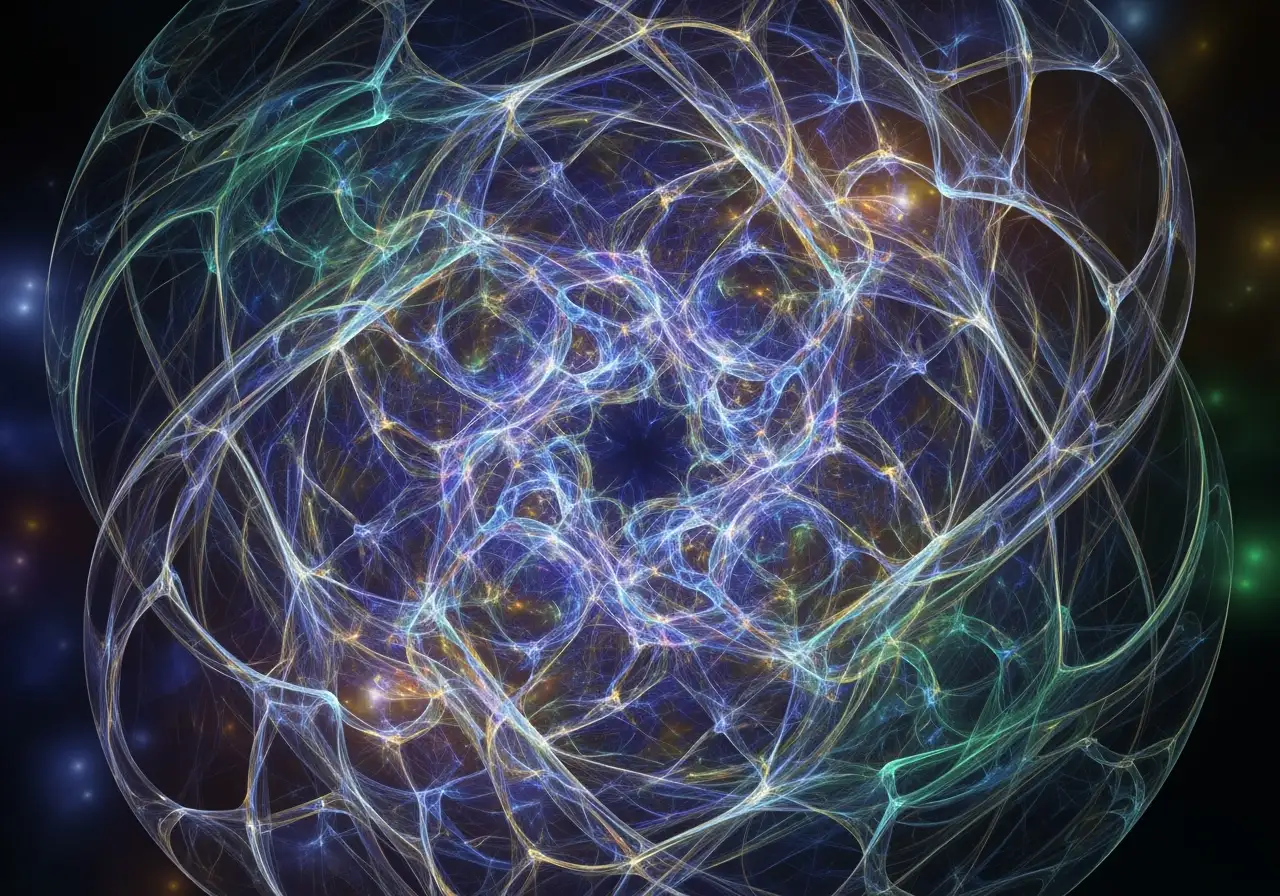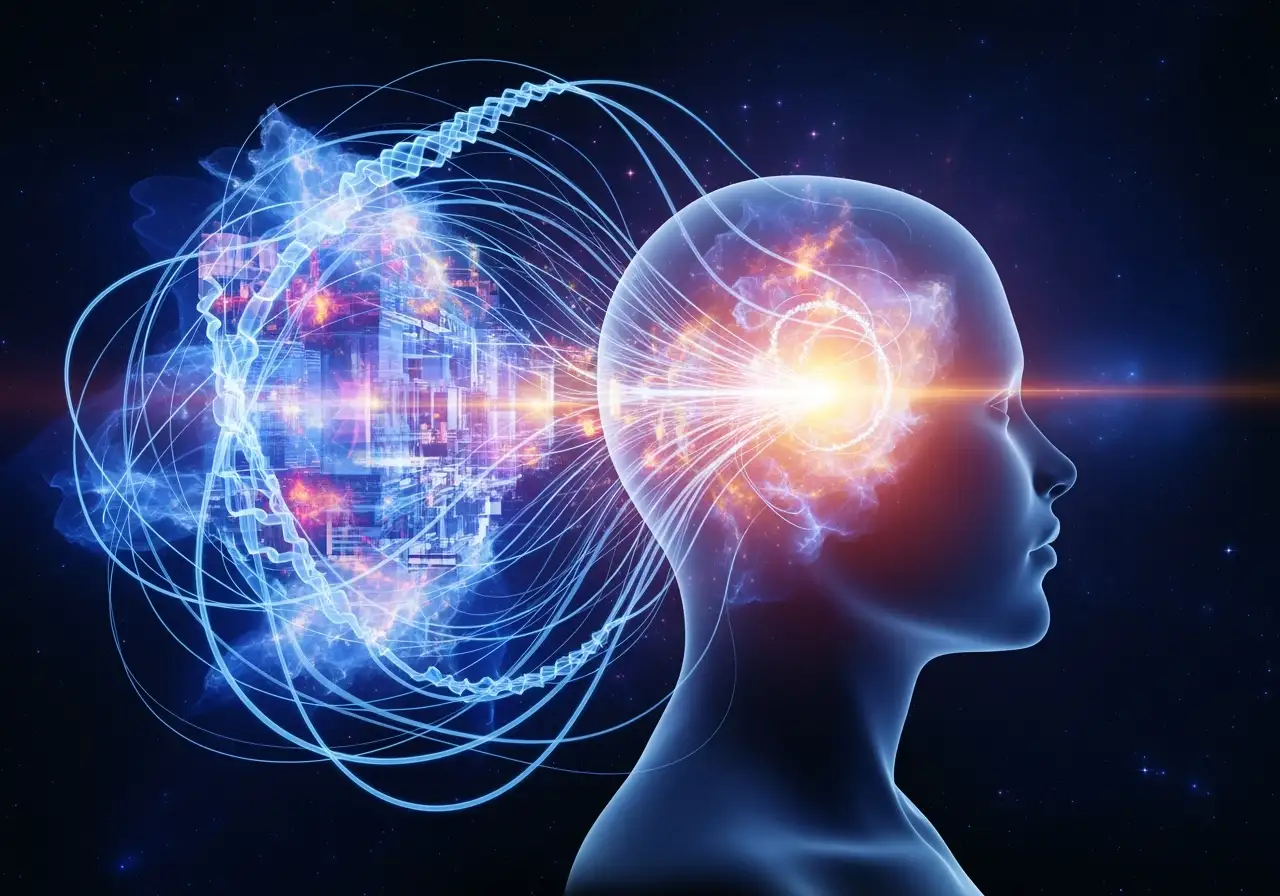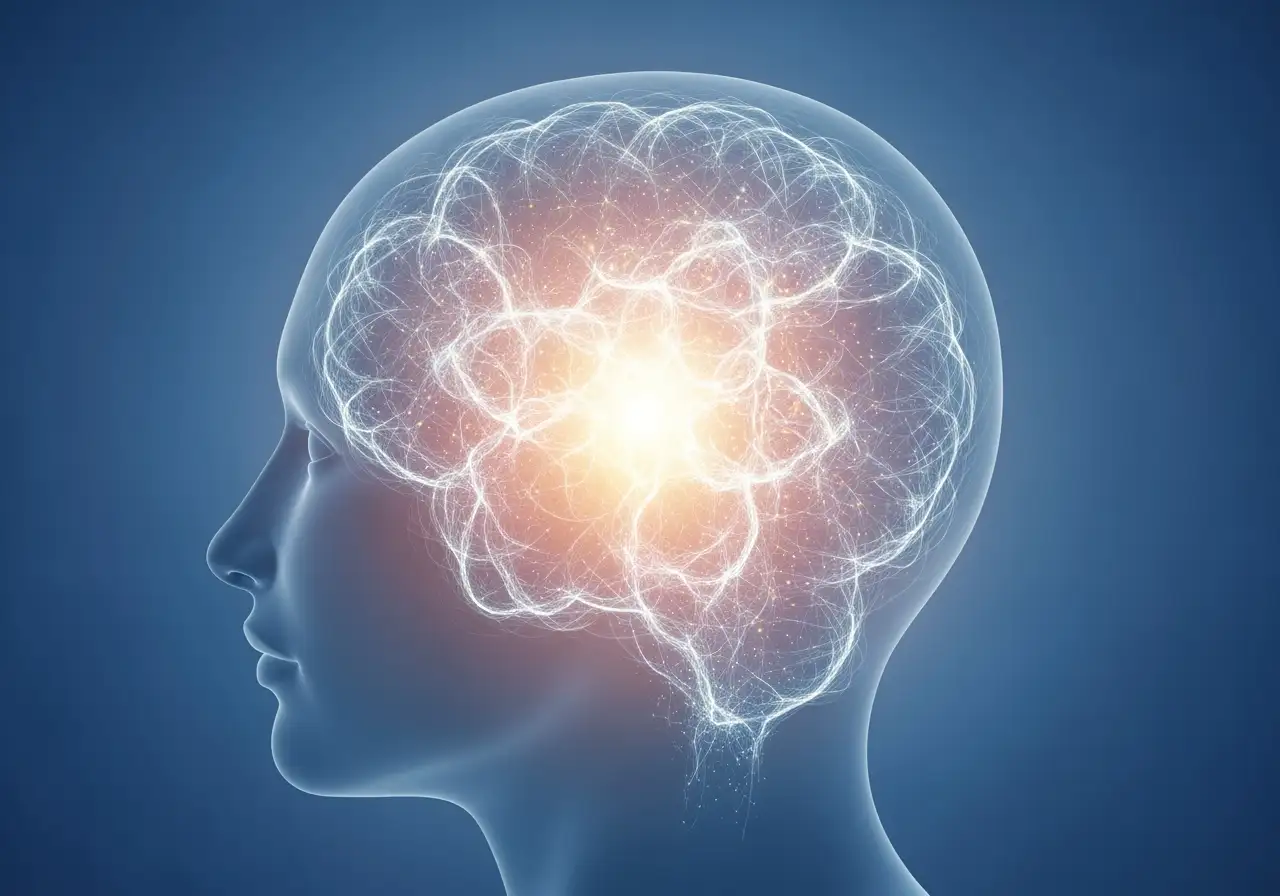Sculpting Your Quantum Self
Sculpting Your Quantum Self
For centuries, humanity has grappled with a fundamental question: are we born with fixed traits and an unchangeable character, or can we truly transform ourselves? Ancient philosophies often presented character as something largely given, a destiny to be accepted. While wisdom traditions encouraged self-improvement, the underlying assumption for many was that certain innate qualities dictated one’s potential and limitations. This perspective, though comforting in its simplicity, could also be disempowering, leading individuals to experience psychological disharmony or ontological misalignment, believing they were inherently flawed or lacked certain “gifts.”
Imagine a world where your capacity for patience, resilience, or initiative was seen as an unalterable part of your genetic code. For someone like Sarah, struggling with procrastination, this could lead to a feeling of resignation – “That’s just how I am.”
However, the Quantum Mindfulness framework fundamentally challenges this age-old notion, drawing on a profound shift in understanding both the self and the brain. It posits that the qualities we admire, and those we wish to embody, are not merely innate gifts, but rather the result of deliberate, consistent effort – a powerful process we call Neurological Blueprinting. This idea isn’t entirely new; echoes of it can be found in various historical threads, though often without the scientific grounding we now possess that illuminates the underlying psychodynamic dimensions.
Think of the Stoic philosophers of ancient Greece and Rome, who emphasized the cultivation of virtue and character through rigorous self-discipline and mental training. Or consider the meditative traditions of the East, where practitioners engage in practices designed to cultivate compassion, wisdom, and inner peace. These traditions, in their own way, recognized the mind’s capacity for shaping itself, even if they didn’t have the language of “neural pathways” or neuroplasticity. They understood that consistent engagement with certain mental states could lead to profound internal shifts, akin to early forms of classical mindfulness. Such practices, while valuable, often focused on passive mastery or non-reactive observation, aiming to reduce the impact of an observation’s valence or a personal tendency towards reactivity.
What Quantum Mindfulness brings to this historical conversation is a concrete, repeatable therapeutic strategy, informed by modern science, for achieving this self-transformation. It bridges the gap between ancient wisdom, which intuitively understood the malleability of the self, and contemporary neuroscience, which provides the “how.” The framework moves beyond the abstract idea of “wishing for change” or simply “trying harder,” transforming it into a precise internal engineering process. This is achieved through superpositional cognitive engineering, a deliberate intervention in the pre-collapse state of multiple coexisting mental possibilities to influence outcomes.
The core of this transformative potential lies within the dynamic interplay of our psychodynamic dimensions. Unlike static traits, these dimensions are energetic substrates that actively shape our experience. For instance, a trait variable like patience is not fixed; it is subject to belief formation, a mechanism by which stable, long-term cognitive structures can be durably altered. This alteration is driven by repeated mental states, particularly those influenced by strong activations within the secondary modality, leading to neurological embedding that reinforces new patterns.
The philosophical implication is immense: you are not merely a passenger in your own life, subject to fixed traits. Instead, you are the conscious sculptor of your inner world, a self as dynamic observer-participant. Your mind is not a fixed structure, but a vast, intricate psychic architecture that you can actively shape and refine. This paradigm shift, rooted in the observer-participant theory and the active constitutive force view of perception, empowers you to move from passive acceptance to active creation.
Consider the Psycho-Volitional Dimension (Pd1), the very wellspring of pure potentiality and will. It possesses an annihilative property, capable of dissolving perceived limitations and initiating cognitive processes. By cultivating volitional commitment and engaging in sustained action, supported by mechanisms like cognitive anchoring, you can consciously influence the actualization process of your internal landscape. For instance, through focused conscious attention, you trigger a psychodynamic collapse, resolving probabilistic mental states into definite, actualized experiences. This active engagement allows you to transform a general intention for “patience” into a tangible, embodied quality. The Psycho-Motivational Dimension (Pd7) further supports this by translating your internal values into consistent external actions, fostering cognitive endurance. The Psycho-Meditative Dimension (Pd3) provides the structured understanding needed for intentional collapse, while the Psycho-Receptive Dimension (Pd8) allows for selective permeability and the integration of new insights, refining your perception.
This revolutionary perspective invites you to reconsider the very nature of personal growth. It suggests that the most profound changes come not from external circumstances, but from the deliberate, internal work of shaping your own mind, engaging in conscious reality construction. It’s an invitation to cultivate perceptual freedom and achieve true self-mastery, moving from merely adapting to circumstances to actively designing your inner and outer reality. To discover the full methodology that translates this powerful philosophy into actionable steps for lasting self-transformation, delve deeper into the complete Quantum Mindfulness framework.





